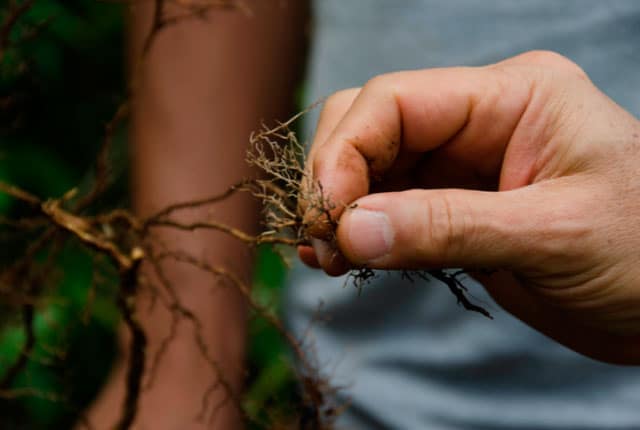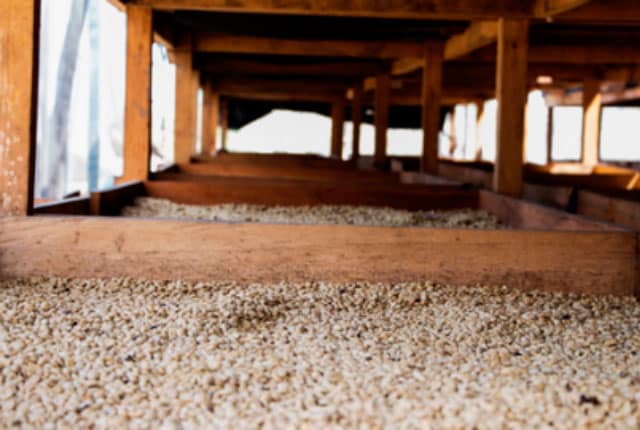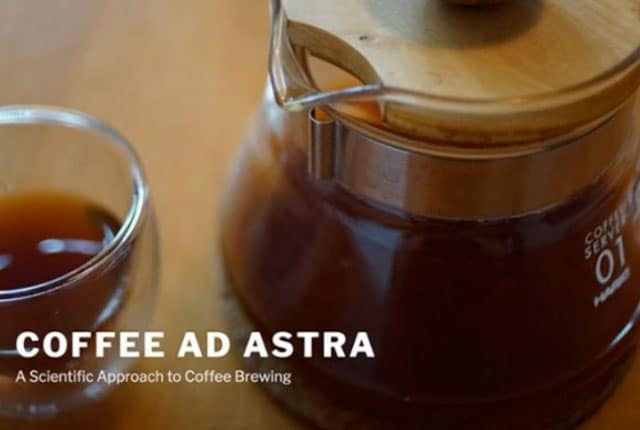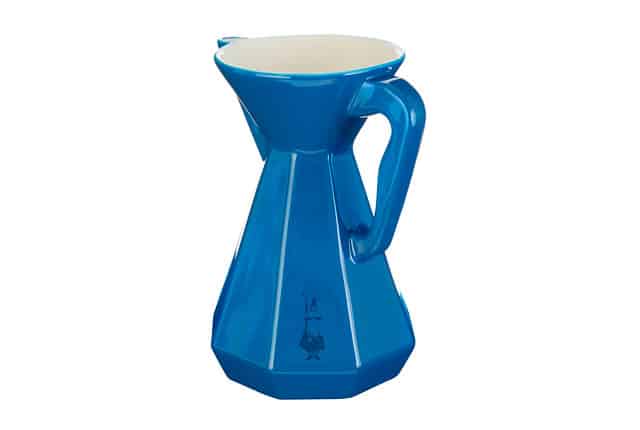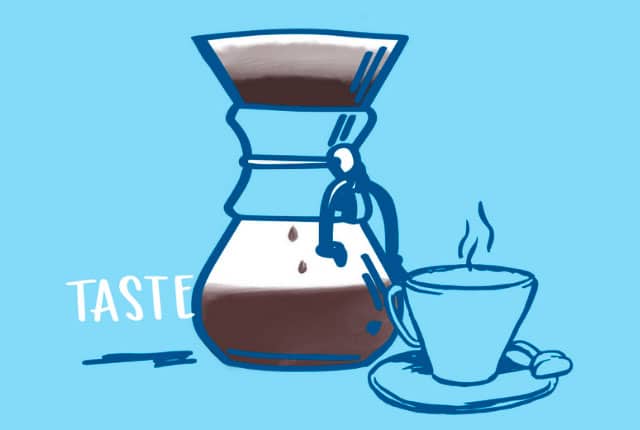Espresso is a complex beverage characterised by a signature layer of crema. For some, the crema is seen as a fundamental part of the espresso. For others, it’s viewed as an unnecessary byproduct of the extraction process. To find out why people view crema so differently, I reached out to three coffee specialists for their insight. Here’s what they had to say about crema is and what it can tell us. WHAT IS CREMA? Crema is formed during espresso extraction. In James Hoffmann’s book, ‘The World Atlas of Coffee’, he explains that when water is under pressure, it dissolves more carbon dioxide, which is a gas in the coffee beans Read the full article…
Continue Reading

